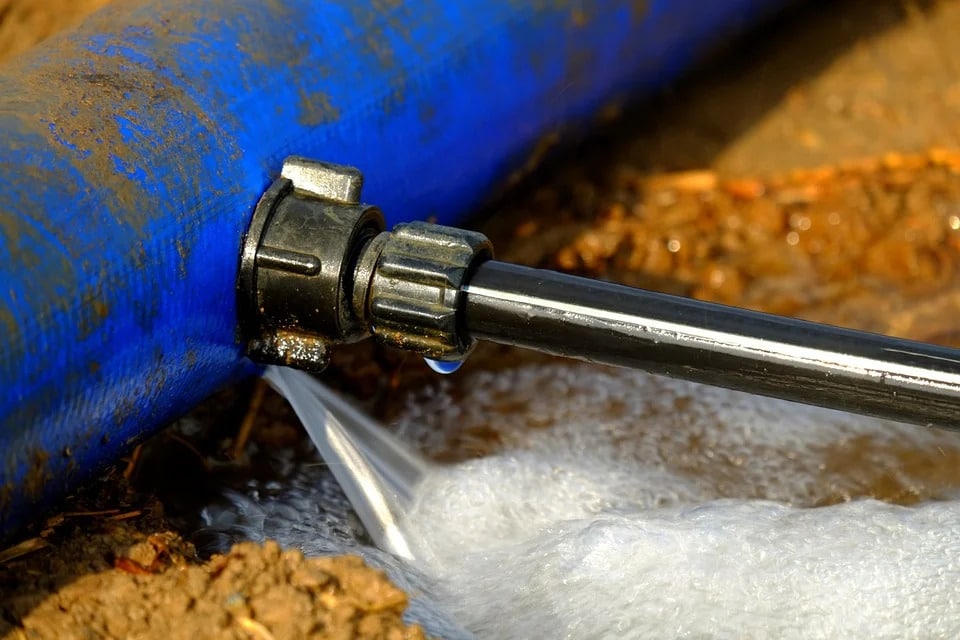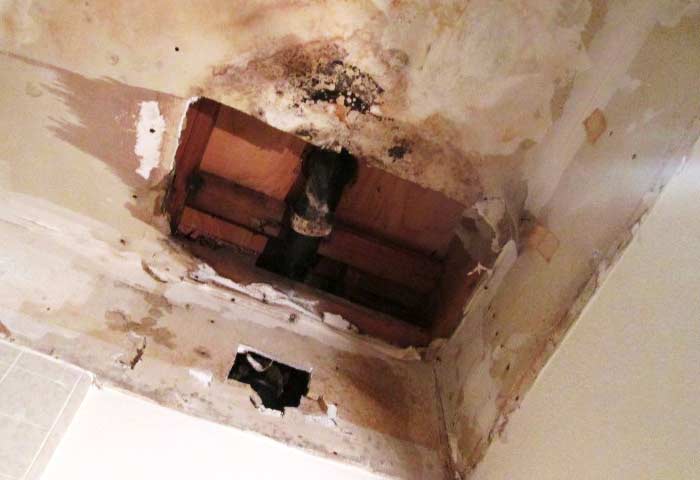Quick-Response Plumbing: Tips for Identifying and Fixing Burst Pipes
Quick-Response Plumbing: Tips for Identifying and Fixing Burst Pipes
Blog Article
This great article down below relating to How to install a dishwasher safely is amazingly engaging. Don't miss it.

A ruptured pipe is a major emergency; you can just stand as you view water you pay a lot to rejoin with the earth. In even worse cases, you see a pool on your cooking area floor, which is a wonderful journey threat, particularly if you have kids around. If the pipe that burst remained in your walls, problem: you may require to paint that entire area.
Just how can a disaster like a ruptured pipe be avoided as well as managed? Well, by listening to your expert emergency plumbers and following these regulations.
How do I understand when my pipelines have ruptured?
Fluctuating water pressures
Pipelines do not simply burst in a day. You may have seen that your kitchen tap or shower doesn't run right away when you turn the tap. It may stop briefly for a couple of secs and then blast you with even more pressure than typical.
In various other circumstances, the water may seem normal in the beginning, then drop in pressure after a couple of secs.
Infected water
Lots of people think a ruptured pipeline is a one-way outlet. Quite the contrary. As water drains of the hole or tear in your plumbing system, impurities locate their way in.
Your water may be contaminated from the source, so if you can, check if your water container has any issues. Nevertheless, if your drinking water is supplied as well as purified by the local government, you must call your plumber right away if you see or smell anything amusing in your water.
Puddles under pipes as well as sinks
When a pipeline bursts, the discharge forms a puddle. It may show up that the puddle is growing in dimension, and regardless of the number of times you wipe the pool, in a few minutes, there's one more one waiting to be cleansed. Typically, you may not have the ability to trace the puddle to any visible pipelines. This is an indicator to call a professional plumber.
Damp walls and water discolorations
Prior to a pipe bursts, it will leakage, the majority of times. If this relentless leaking goes unnoticed, the leak may graduate into a wide gouge in your pipe. One easy way to avoid this emergency is to look out for wet walls ad water discolorations. These water discolorations will certainly lead you right to the leakage.
Untraceable trickling sounds
Pipeline bursts can happen in the most unpleasant places, like within concrete, inside wall surfaces, or under sinks. When your house goes quiet, you may be able to hear an annoyingly persistent trickling sound. Also after you have actually checked your shower head and also cooking area tap, the dripping might proceed.
Precious viewers, the leaking might be originating from a pipeline inside your walls. There isn't much you can do regarding that, except tell a specialist plumber.
Show up the Warmth
Establish fans to blow warmth right into cool areas. Maintain the garage door shut. If you have actually reduced water flow, heat the most vulnerable pipes (usually in cellars and also crawl spaces or near exterior wall surfaces) with a hair clothes dryer. Leave the tap on while you use warmth. As you thaw ice, the circulation will certainly boost. To avoid pipelines from cold, protect your walls.
Begin Eliminating the Water
Get the mop, buckets and a store vacuum cleaner to begin to remove the water due to the fact that you absolutely do not want it soaking into everything else in the house. And also, a fast tidy up will decrease the chances of something obtaining moldy.
What do I do when I find a burst pipeline?
Your water meter will certainly continue to run even while your water wastes. To decrease your losses, discover the primary controls and turn the supply off. The water pipe are an above-ground structure at the edge of your building.
How to Fix & Detect a Leaking Pipe
How Do I Know if a Pipe is Leaking?
Leak detection tests can help you determine if your pipe has a leak. Even if you don’t see an apparent leak, you should still conduct leak detection tests regularly to save water and money—and prevent major damage to your home.
Water meter. It can be helpful to figure out what your usual water meter usage numbers are and then monitor them regularly. To monitor your meter, first, turn off all water faucets in your home. Check the meter and write down the numbers. In a few hours, check the meter again. If the numbers have changed, you have a leak. Water gauge. Use a water gauge to test your water pressure. Your showerhead should produce a certain amount of water pressure based on its model and design. If the pressure is lower than it is supposed to be for that specific showerhead, your home likely has a leak. Puddles. Look inside your bathroom, laundry, and kitchen sink cabinets. Puddles around the cabinets or around toilets, tubs, showers, and washing machines indicate the presence of a leaking pipe. You may also notice loose tiles, peeling or flaking paint, or mold caused by water accumulation. Napkin test. Even if you don’t see any puddles, you may still have a leak. You can test for water leaks in the bathroom, laundry, and kitchen by wiping below-sink connections with a napkin, paper towel, or piece of toilet paper. If it becomes damp, you probably have a leaking pipe under the sink. Discolored walls. Walls that are discolored—usually with brown or yellow stains—or bulging might mean that they have been impacted by water damage caused by a leaking pipe. Smell. A leaky pipe will create sitting water, and over time, that water may develop a musty smell. If your home smells musty, but you can’t locate the source, it may be due to a leak. Steps for Fixing a Leaking Pipe
A leaky drain can be remedied by tightening the pipe base, replacing the drain seal, caulking the rim, and tightening the pipe nut. Similarly, a leaking toilet pipe can be treated by tightening the packing nut. You may also need to replace the valve. A leaky faucet may just need tightening or replacement of the washers. If that doesn’t work, consider replacing your faucet. If your pipe has a hole in it, you may want to use a pipe leak sealer or pipe leak tape. This quick fix for water pipe leaks can also temporarily fix a copper pipe leak. https://www.ahs.com/home-matters/quick-tips/how-to-tell-if-pipes-are-leaking/

We were shown that article about What to Know Before Installing a Dishwasher through an associate on a different web blog. Make sure you take the opportunity to share this entry if you appreciated it. Thanks for your time. Visit us again soon.
Book Service
Report this page